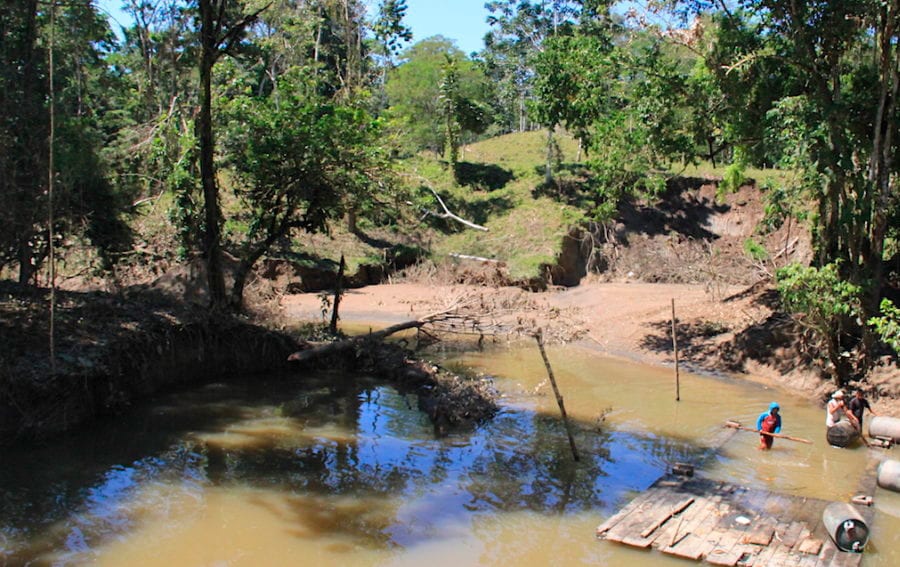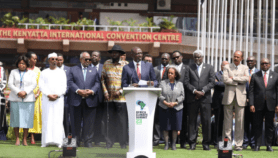By: Marina Lemle
Send to a friend
The details you provide on this page will not be used to send unsolicited email, and will not be sold to a 3rd party. See privacy policy.
A study has identified thousands of illegal mining sites across the Amazon, with crisis-hit Venezuela being by far the worst offender.
The Amazonian Georeferenced Socio-Environmental Information Network (RAISG), a grouping of civil society organizations from six countries: Bolivia, Brazil, Colombia, Ecuador, Peru and Venezuela, which conducted the study, has published the findings in an online map.
It shows at least 2,312 extraction points – where mining is reported from sources such as indigenous communities or the media, but is not yet visible by satellite – and 245 areas which are visible by satellite.
The mines are mostly for gold, diamonds and coltan, an ingredient for rechargeable batteries.
“The socio-environmental problems caused by illegal mining in the Amazon are serious.”
Júlia Jacomini, RAISG
The vast majority of extraction points are in Venezuela, which is suffering hyperinflation, soaring hunger, disease, crime and massive emigration under president Nicolás Maduro.
"The areas were delimited from the analysis of satellite images, but for the points it was not possible to clearly draw the boundaries,” Júlia Jacomini, a geographer and researcher at RAISG, tells SciDev.Net.
“The trend is that, over time, improving the accuracy of mapping, we can turn some points into areas.”
RAISG also mapped rivers affected by mining and routes for the entrance of machines and the exit of minerals.
Illegal mining is mainly done by rafts and dredgers, which have environmental consequences for the riverbed. In addition, the misuse of mercury causes fish deaths and poses a serious risk to human health.
"The socio-environmental problems caused by illegal mining in the Amazon are serious. It is worth remembering that the activity is associated with other illicit ones, such as drug trafficking and child prostitution,” adds Jacomini.
RAISG proposes a cross-border approach to addresses the problem, since the Amazon biome covers nine countries and the mining activity transits between these borders.
According to geographer Neli Aparecida de Mello-Théry, professor at the University of São Paulo, Brazil, the scale of illegal mining was previously unknown and the RAISG study has been able to help highlight the problem.
Mello-Théry believes the study will assist authorities as they try to tackle these activities.
Thales Sehn Körting, a researcher at the National Institute for Space Research (Inpe), points out that it is difficult to assess the quality of the information on the map as it has been generated through several different data sources.
Körting points out that his project, entitled Managing metadata for large volumes of remote sensing data, supported by Fapesp, works with the development of image processing algorithms to detect specific targets on large sets of satellite images."It can give the user a chance to pursue more sophisticated searches,” he told SciDev.Net.
He adds that, in this case, instead of searching all the images available in the catalogue for a certain area, having the manual work of removing inappropriate images, a specialist can reduce their search time and get only images that are appropriate to their interest.
The Managing metadata for large volumes of remote sensing data project is supported by Fapesp, a SciDev.Net donor.














